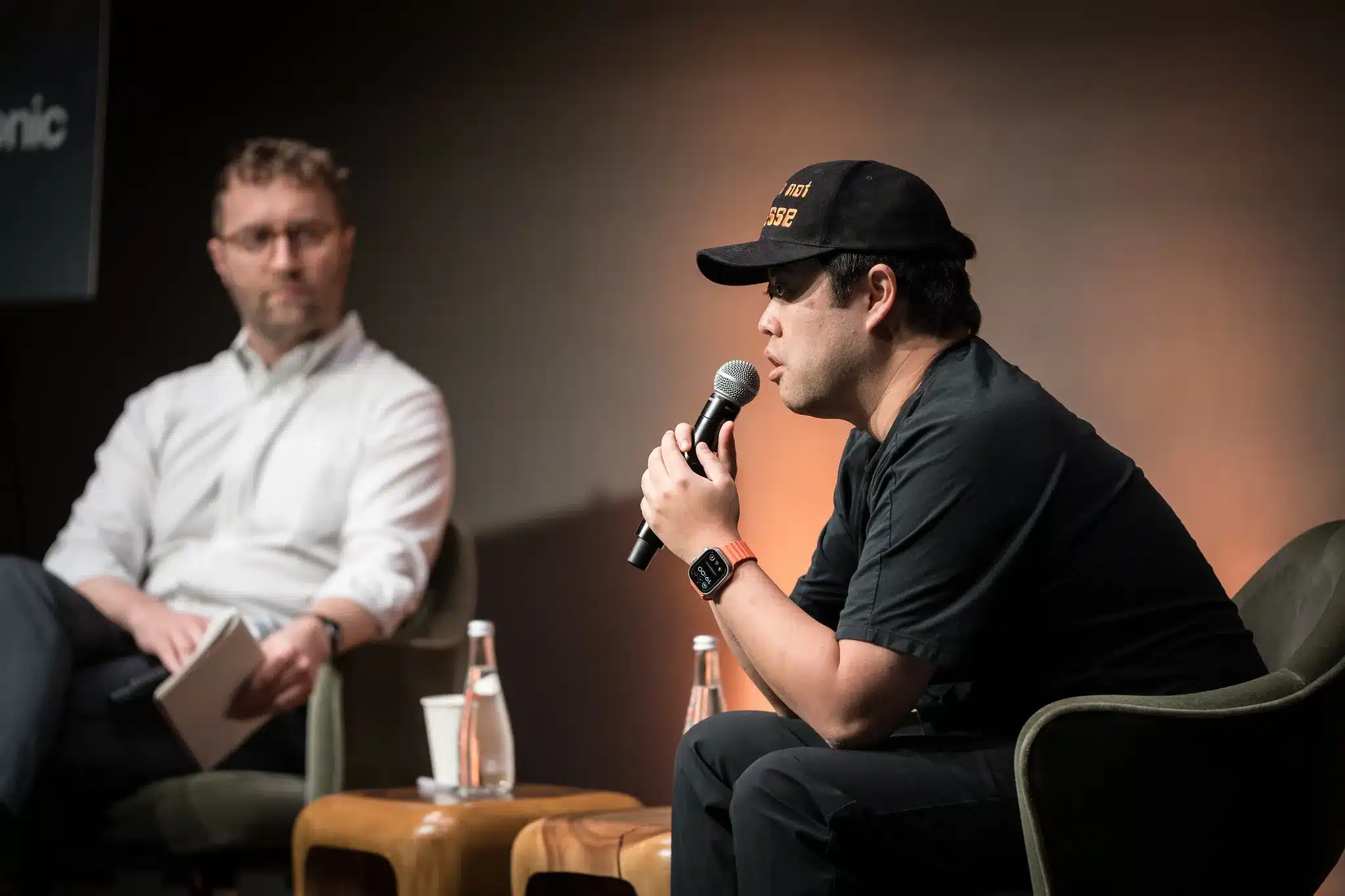What comes to your mind when you hear about “drone”? Probably, drones that are equipped with high-resolution cameras for photography, filmmaking, real estate, and advertising purposes. But drones can do much more than that!
In agriculture, drones monitor crops, manage pests, and spray crops to enhance yields and reduce resource usage. Drones also facilitate package delivery, logistics, and transportation to remote areas. For instance, Amazon’s Prime Air is launching ultra-fast drone deliveries in Italy, the U.K., and a third location in the U.S. in late 2024. Drones play crucial roles in environmental monitoring, wildlife tracking, and conservation efforts, as demonstrated in the situation at the Great Plains, where drones were used to combat the overgrowth of trees and shrubs that threatened the ecosystem.
Thus, according to Statista, the global drone market will reach a revenue of $4.3 billion in 2024 and is projected to grow annually by 2.26% through 2028. So, how much can it cost to develop UAV software for your company’s needs, and which factors influence the final price? Let’s find it out!
What is a UAV software?
Before we dive into how much it can cost to build UAV software, let’s define UAV software and its types.
UAV software refers to the set of computer programs, algorithms, and applications that control, manage, and operate UAVs. This software serves as the “brains” of the UAV, allowing it to perform various functions, including flight control, navigation, mission planning, data collection, and data processing.
Types of UAV software
UAV software can be categorized into several types, each serving specific purposes:
- Flight control software: This software controls the UAV’s flight dynamics, including stabilization, altitude control, and maneuvering. It interacts with sensors, such as gyroscopes and accelerometers, to maintain the UAV’s desired orientation and trajectory.
- Autopilot software: Autopilot software allows UAVs to fly autonomously or semi-autonomously, following pre-programmed flight paths or executing predefined missions. It uses GPS or other navigation systems to navigate to waypoints, perform survey patterns, or carry out tasks without direct human intervention.
- Mission planning software: Mission planning software allows operators to plan and customize UAV missions by defining waypoints, flight parameters, and mission objectives. It may include features for route optimization, terrain analysis, and payload management.
- Payload control software: Some UAVs are equipped with specialized payloads, such as cameras, sensors, or actuators, for data collection or payload delivery. Payload control software manages the operation and control of these payloads, including capturing images, collecting sensor data, or activating payload mechanisms.
- Ground control software: Ground control software provides a user interface for operators to monitor and control UAVs from a ground station or remote location. It typically includes features for real-time telemetry, video streaming, mission monitoring, and manual flight control.
- Data processing and analysis software: After completing a mission, UAVs often generate large amounts of data, such as images, videos, or sensor readings. Data processing and analysis software are used to process, analyze, and interpret this data for various applications, such as mapping, surveying, agriculture, or surveillance.
Factors affecting UAV software development costs
It’s important to recognize that the cost of developing UAV software is not fixed and can fluctuate based on factors like the scale of the project, the skill level of the development team, and the extent of testing and validation required.
Let’s walk through some factors that influence the costs associated with UAV software development:
Hardware requirements
The choice of hardware components for UAVs, including flight controllers, sensors, communication systems, and onboard computers, significantly impacts software development costs. High-performance or specialized hardware may incur higher costs and require custom software integration.
Besides, the total development cost will also depend on the size of the drone and the number of engines used. For example, the drone can have 4 engines or 8 or 10. It also depends on whether it is a small copter or a fixed-wing drone, as each type has its own advantages and limitations.
Complexity of the UAV
The complexity of the UAV’s design, including its size, payload capacity, propulsion system, and autonomy level, can affect software development costs. More complex UAVs may require integrating advanced technologies such as AI for autonomous navigation and decision-making, machine vision for object detection and recognition, and sensor fusion algorithms to process data from various onboard sensors.
Additionally, implementing specialized features such as waypoint navigation, obstacle avoidance, and real-time communication systems further adds to the intricacy of software development. These complexities necessitate thorough testing procedures and the refinement of algorithms to ensure optimal performance and reliability, ultimately contributing to higher development expenses.
Regulatory compliance
Compliance with regulations and standards imposed by aviation authorities, such as the Federal Aviation Administration (FAA) in the United States or the European Union Aviation Safety Agency (EASA), can influence software development costs. Different types of drones require different rules and regulations.
For example, smaller recreational drones used for hobbyist purposes typically fall under less stringent regulations than larger commercial drones used for professional applications. Regulations for recreational drones often focus on safety guidelines, such as maintaining line-of-sight with the drone, avoiding restricted airspace, and adhering to altitude limits. On the other hand, commercial drones are subject to more extensive regulations, including registration requirements, pilot licensing or certification, and compliance with airspace restrictions and flight planning protocols.
Customization and integration
Customizing UAV software to meet specific mission requirements or integrating it with other systems, such as ground control stations, payloads, or third-party software, increases development costs. Customization may involve developing new features, APIs, or interfaces to ensure seamless integration and interoperability.
Software development lifecycle
Another significant factor influencing the cost of software development is the decision between using open-source solutions or building both hardware and software from scratch. While opting to develop proprietary hardware and software from scratch can increase costs, it often results in greater reliability. Drones can significantly benefit from this approach, as it allows for tailored solutions that meet specific needs and security requirements.
This brings us to the point of the development cycle. The complexity of the chosen solution influences the amount of steps in the development cycle. The various phases of the software development lifecycle impact development costs. Each phase requires resources, time, and expertise, and delays or changes in requirements can lead to additional expenses.
Team size
Kitrum’s developers had a fascinating journey in the software development of G25 (Gabriel 25), a versatile and autonomous aerial vehicle with multiple payloads designed by Soaring. Considering this experience, we can say that a basic team for UAV software development needs a variety of skills to handle the complex demands of drone technology. Key members include:
- Hardware engineer (responsible for crafting the drone’s physical components);
- Backend engineer (orchestrates the software infrastructure, enabling seamless communication and control);
- Designer (lends their creative expertise in shaping user interfaces and experiences);
- Desktop/mobile or web frontend developer (crafts the visible interfaces through which users interact with the drone’s functionalities);
- Quality assurance professionals (test and validate the system’s performance, ensuring reliability and safety).
The number of specialists within these roles may fluctuate depending on the project’s scale and complexity. Still, this foundational team configuration forms the backbone for pioneering innovations in drone software development.
Skill and expertise
The availability and expertise of software developers, engineers, and domain specialists with knowledge of UAV systems and software development affect costs. On the one hand, skilled professionals may require higher salaries but complete the project faster; on the other hand, less skilled developers might require specialized training, contributing to overall development expenses.
Tools and technology
The cost of acquiring or licensing software development tools, libraries, and frameworks used in UAV software development also influences overall project costs. Specialized tools for simulation, testing, debugging, and version control may be necessary to ensure the quality and reliability of the software.
Scale and volume
The scale and volume of UAV software development projects, including the number of UAVs being developed, the complexity of missions, and the duration of the project impact costs. Economies of scale may apply to larger projects, while smaller-scale or one-off projects may incur higher per-unit development costs.
How much time does it take to develop UAV software?
The time required for UAV software development can vary significantly depending on all the factors described above and the specific functionalities desired. Simple UAV software projects might take several months to develop, while more complex ones could extend to a year or more.
Additionally, unforeseen challenges, such as technical hurdles or regulatory requirements, can impact the development timeline.
Contact us now to receive a tailored cost estimation for your project, carefully considering all your preferences and specifications.






